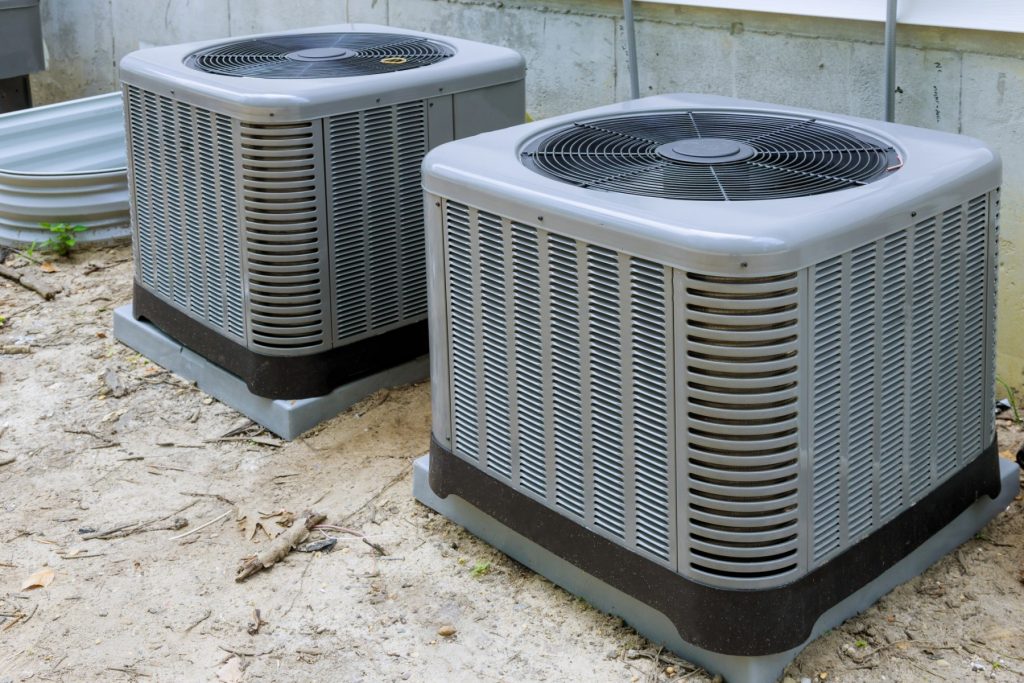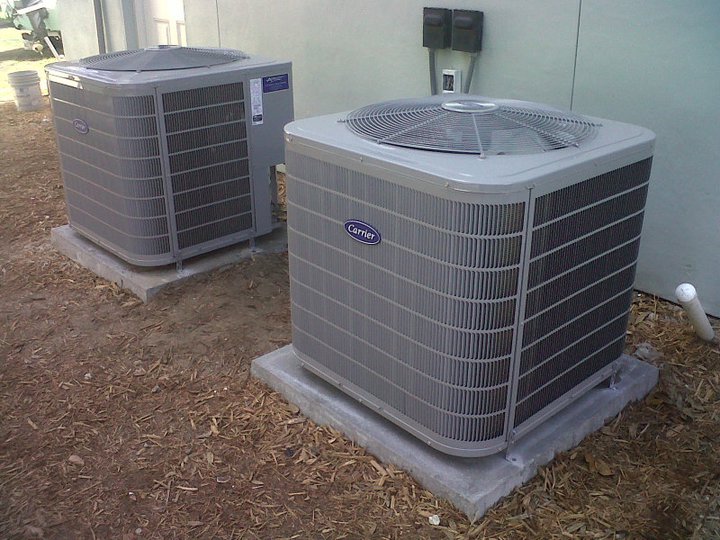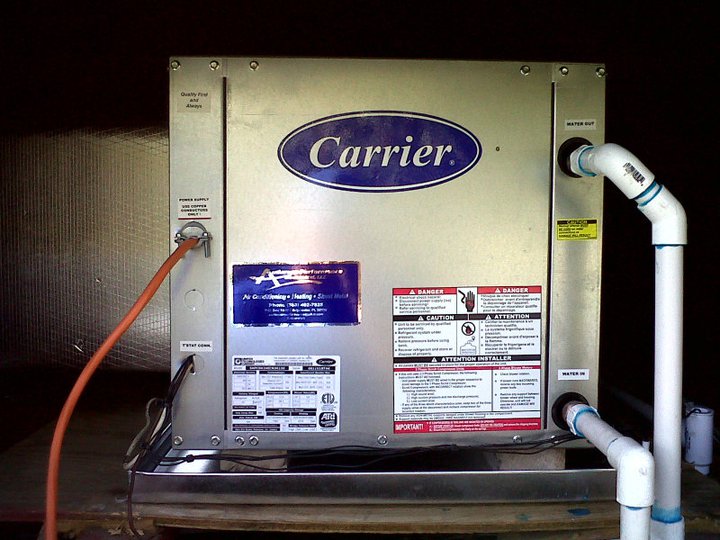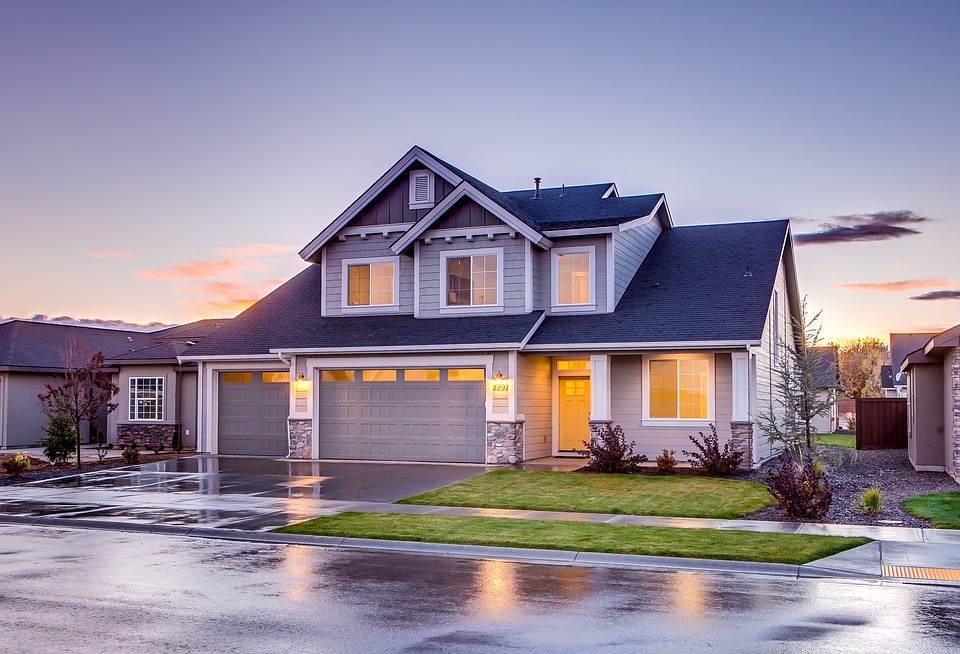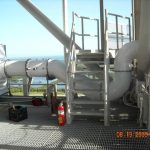There are billions of air conditioning units installed across the globe, accounting for about 20 percent of the electricity usage in the world, and those numbers continue to skyrocket. It all began in Ancient Egypt, where wet cloths were hung in doorways to produce a cooling effect. Those “air conditioning” methods spread throughout the Middle East, Africa and beyond, until…
In the 1500s, a book written by an Italian researcher detailed the practice of making ice even colder by adding salt. In the 1700s, Ben Franklin experimented with the effects of evaporation on cooling. He and a Cambridge University professor confirmed that, with the help of evaporation, the temperatures of alcohol and ether could also be driven down past the point of freezing. In the next century, an English scientist discovered that when compressed and liquefied ammonia began to evaporate, it could reduce air temperature. An Australian inventor then developed the first mechanical ice maker and went on to create an ether vapor compression refrigeration system which produced tons of ice each day.
Electricity was the game changer, making the development of the first electric air conditioning unit possible. That invention was originally for the purpose of controlling temperature and humidity to improve production within an American printing plant. A few years later, in 1906, the phrase “air conditioning” was coined when moisture was combined with ventilation to aid in the production at textile plants.
The first home air conditioning installation took place in 1914; window ledge air conditioning units sold for an exorbitant price beginning in 1932; and the Packard became the first automobile to offer air conditioning as an option in 1939. After WWII, air conditioning units became more affordable; and central air was introduced in the 1970s.


